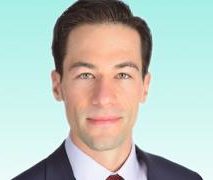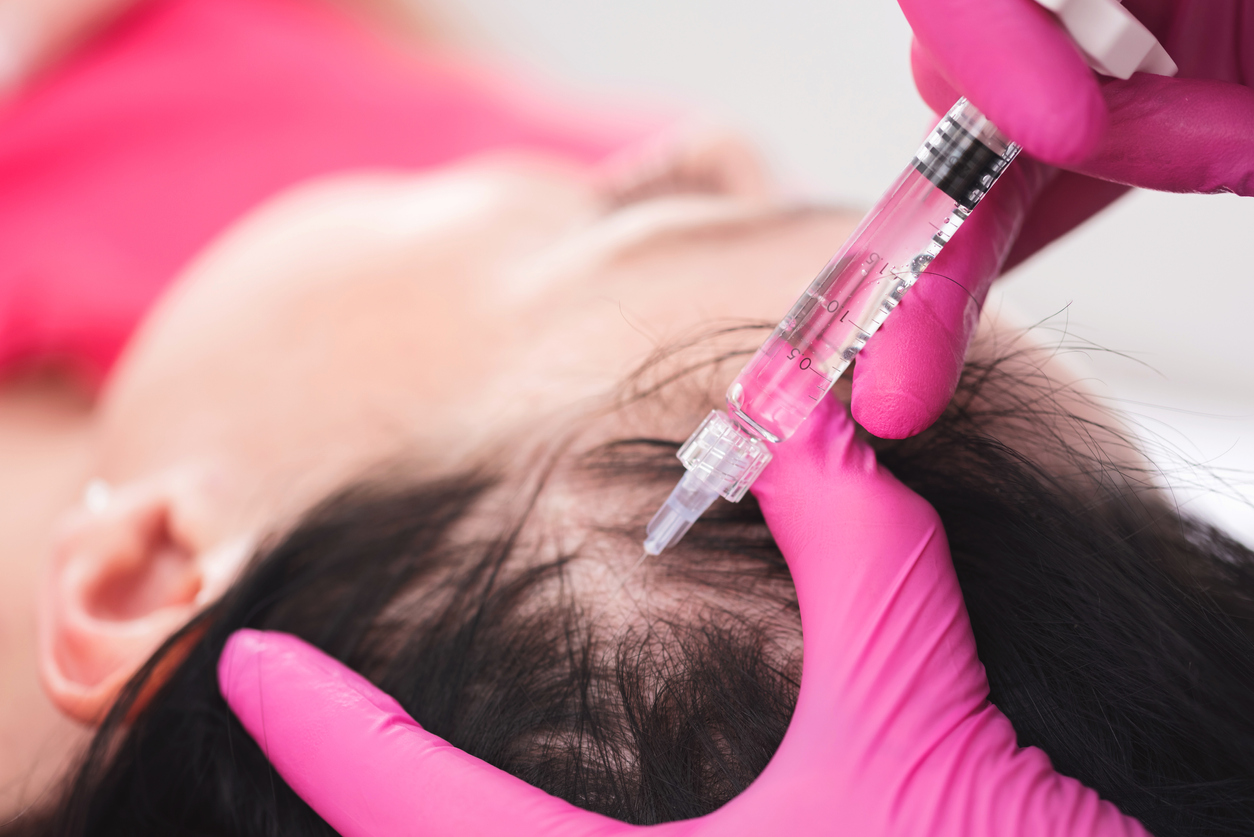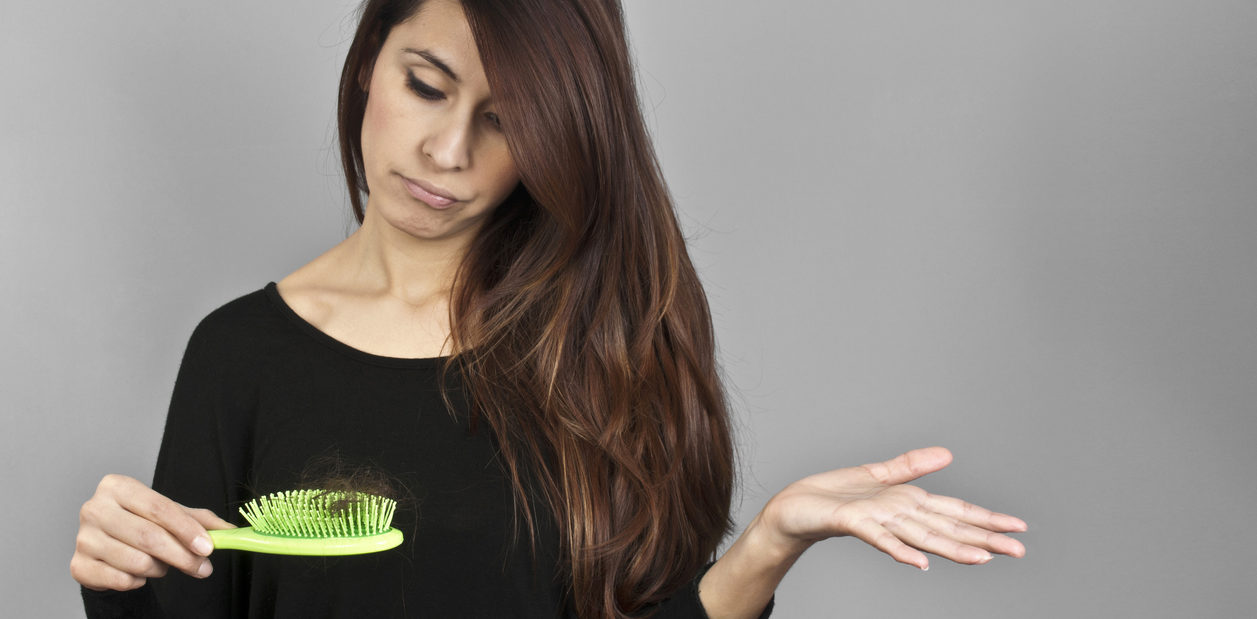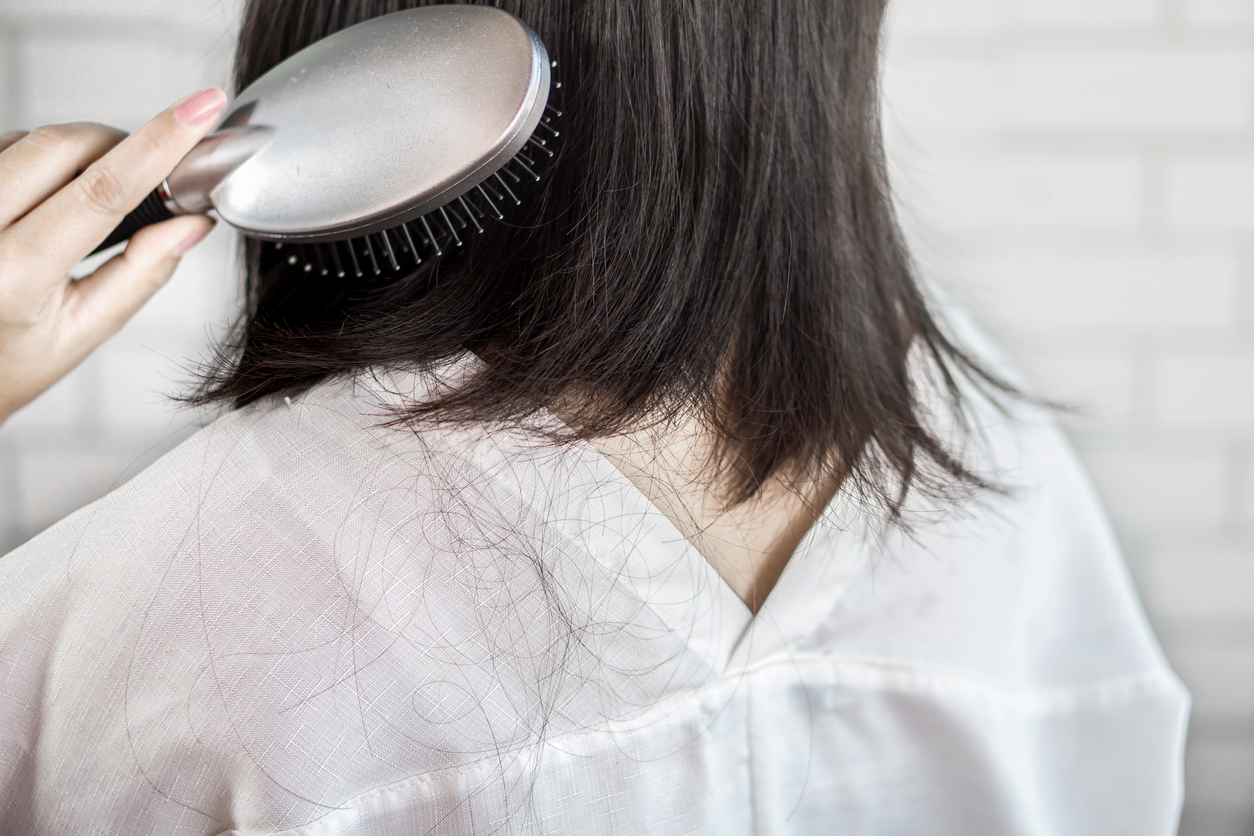Thinner isn’t always better: Effective treatment options to strengthen thinning hair
Sponsored by The Dermatology Clinic
Hair matters—from the trend-setters keeping their style fresh, to the traditionalist keeping signature styles just right—hair loss affects confidence. Most people normally shed 50 to 100 hairs a day, with new ones growing in their place, but that growth cycle can be disrupted in men and women of all ages. According to the American Hair Loss Association, 40 percent of all hair loss sufferers are women. Thinning hair can simply be the result of poor nutrition, clogged pores on the scalp or hormone fluctuation, various illnesses, side effects of medications or treatments, or even simply genetics.
While every case is unique, there are several possible causes for this condition. The American Academy of Dermatology reports that 30 million women in the United States suffer from hereditary hair loss, compared with 50 million men. The most common type of hair loss in women is female pattern hair loss, characterized by noticeably thinning hair. This type of hair thinning often occurs on the top of the head, particularly in the crown area, instead of along the hairline. Thinning may happen throughout the scalp, or show up in patches. The Dermatology Clinic in Baton Rouge provides personalized care while applying the most advanced skin care, anti-aging, and hair restoration techniques available. As a full-service medical spa, patients and doctors work together to develop a customized treatment plan that meets their individual needs.
ASK THE EXPERTS

The Dermatology Clinic
What happens to hair when it thins?
When hair follicles shrink over time, the result is shorter, finer hair. In some follicles, new hair stops growing altogether, which is the root cause of female pattern hair loss. Causes may be related to aging, hormonal imbalance or heredity.

The Dermatology Clinic
Can hair loss really be treated effectively?
Even minor thinning can be slowed or reversed with a treatment plan established between the patient and their doctor. While over-the-counter options are available, like medicated shampoos or Rogaine-style topical treatments, it’s best to schedule a private consultation to identify any potential side effects that could be harmful to the patient.
What about Platelet Rich Plasma Therapy?
Active growth factors found in plasma are vital to healing and growth functions throughout the body. These growth factors are highly concentrated in Platelet Rich Plasma (PRP) and when targeted to the scalp, dormant hair follicles gain a flood of growth-promoting substances. As a result, the likelihood that each dormant follicle will revive and produce new hair increases. What’s more, the therapy is natural, using growth factors already found in the body. These are concentrated and redirected to the scalp to encourage new growth of healthy hair.
The Dermatology Clinic treats many patients with this condition using PRP therapy. Already proven extensively for skin and wound healing, using this procedure for restoring lost or thinning hair is an exciting advancement. A nonsurgical therapy, PRP stimulates the scalp and hair, which encourages hair growth. In many cases, it works best when combined with other treatments including nutrition therapy and specific medications.
 During the PRP procedure, a small sample of blood is taken, just like in a routine blood test. The sample is then taken to the Dermatology Clinic’s lab where it is separated and the platelet rich plasma is extracted. The PRP is then injected into the scalp using a thin microneedle—don’t worry, it won’t hurt—they use a topical or local anesthetic to keep the patient comfortable. Following treatment, the patient can even drive themself home without assistance.
During the PRP procedure, a small sample of blood is taken, just like in a routine blood test. The sample is then taken to the Dermatology Clinic’s lab where it is separated and the platelet rich plasma is extracted. The PRP is then injected into the scalp using a thin microneedle—don’t worry, it won’t hurt—they use a topical or local anesthetic to keep the patient comfortable. Following treatment, the patient can even drive themself home without assistance.
For most people experiencing hair loss, PRP is safe and effective. Results are best in patients who do not smoke or abuse substances. Patients with certain medical conditions should avoid this therapy. Find out if PRP therapy is right for you. Click here to schedule a personalized consultation and begin your journey to fuller, thicker hair.














